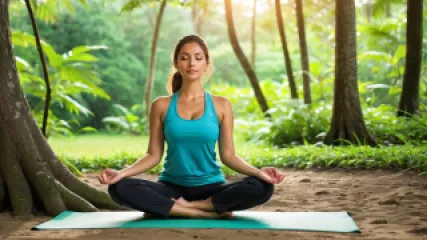The Definitive Guide to Schizophrenia Therapy Sessions and Costs
1 vuosi sitten
Skitsofrenia
What Are the Key Steps to Self-Acceptance for Self-Discovery?
1 vuosi sitten
Itsensä hyväksyminen
Step-by-Step Guide to Self Love and Acceptance
1 vuosi sitten
Itsensä hyväksyminen
Why Cooperation Coaching is Essential in Modern Psychology
1 vuosi sitten
Yhteistyön psykologia
10 Best Online Resources for Grief Help
1 vuosi sitten
Surutyö
Why Mindfulness Meditation is Essential for Positive Thinking
1 vuosi sitten
Mindfulness-meditaatio
The Definitive Guide to Self-Acceptance on Your Acceptance Journey
1 vuosi sitten
Itsensä hyväksyminen
The Ultimate Guide to Embracing Mindfulness in Daily Life
1 vuosi sitten
Tietoinen läsnäolo päivittäisissä rutiineissa
The Psychology of Cooperation: Key Insights for Mental Health
1 vuosi sitten
Yhteistyön psykologia
Why Mindfulness Techniques for Daily Living Are Essential
1 vuosi sitten
Tietoinen läsnäolo päivittäisissä rutiineissa
The Complete Guide to Grief Counseling Services
1 vuosi sitten
Surutyö
How to Address Gender Roles in Education
1 vuosi sitten
Sukupuoliroolit yhteiskunnassa
How to Understand and Coach Different Attachment Styles
1 vuosi sitten
Kiintymyssuhteet
Step-by-Step Conflict Management Counseling Tutorial
1 vuosi sitten
Konfliktinhallinta
Effective Mindfulness Exercises for Anxiety Relief: Step-by-Step Tutorial
1 vuosi sitten
Ahdistuksen lievitysharjoitukset















